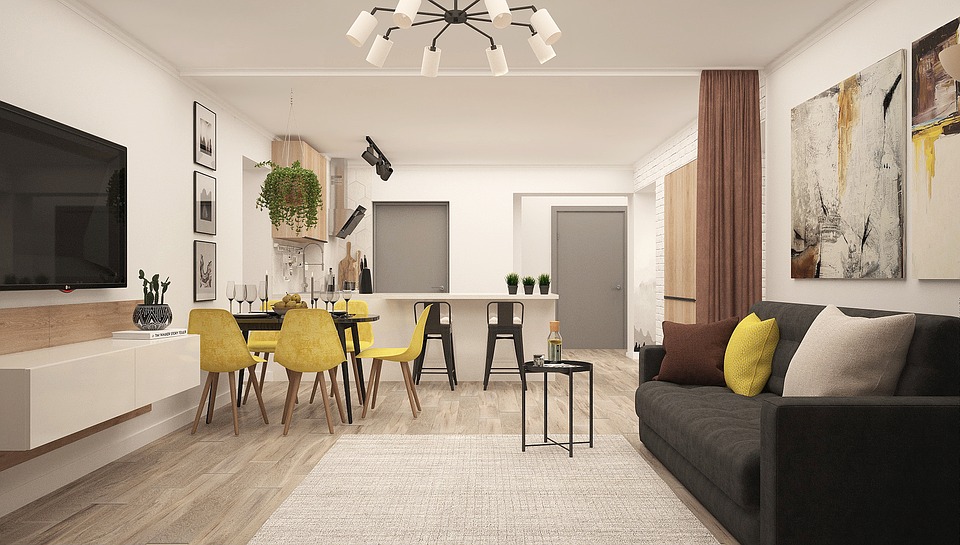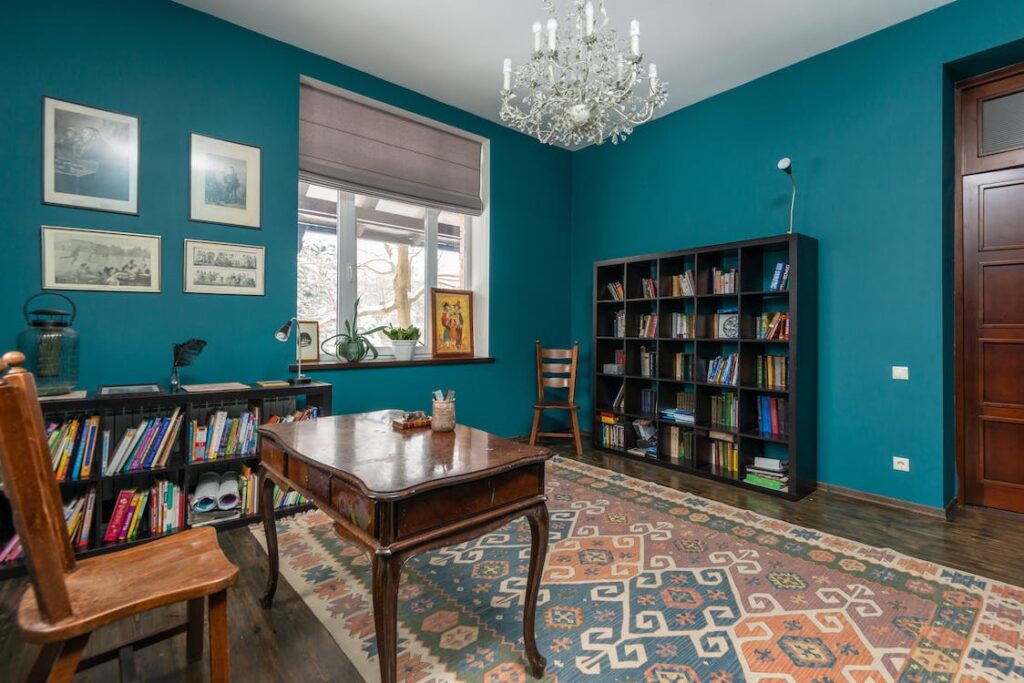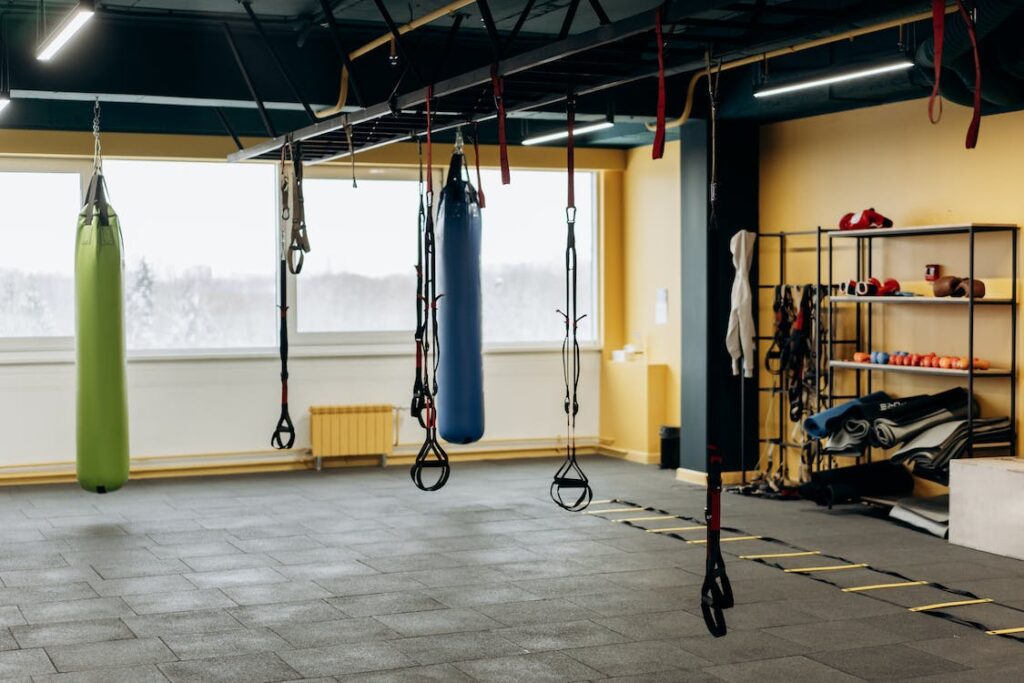Have you ever thought why you feel calm and relaxed in one room while tensed in another? It is because of the colour which influences your emotions and perceptions. Colour is much more than a mere visual adventure that one goes through. Room colour has psychological effects that entirely affect the emotions and moods of an individual. It is the finest form of communication that projects your personality. Hence, you can set the tone of each room by using colours that produce that particular requisite response. Warm colours like red, yellow, and orange generally produce feelings of warmth or anger, and cool colours like blue and green produce calmness or even depression.
You should know about the room colour psychology for selecting the right colour for your house as they can affect your daily routine moods and energy levels. Colour selection also directly reflects your personality and preferences. Hence it is important to choose the right colour. It has the power to change the shape and settings of furnishings, as well as the overall appeal of the room. The room colour psychology can be the most powerful tool that will make your house feel calmer, comfortable, cheerful, and dramatic.
‘Lena Borrelli’ says, (author of an article – Room Color and How it Affects Your Mood) “while most of us may not spend a lot of time thinking about room colour, it affects us every day. Room colours and moods are directly connected in room colour psychology. Room colour can impact our moods and our thoughts and affect us in many ways, depending on age, gender, ethnic background, and climate. Certain colours or even groups of colours tend to receive a common reaction from most people, which is why it’s so important to choose colours wisely when it comes to decorating.”
Colours and their Impact on Rooms

A colour scheme brings viscosity to a room. It has a direct effect on your life and can impact your thoughts depending on gender, climate, age, and ethnic background. Certain colours tend to receive a particular reaction which is common amongst most people. Hence, it is important to choose the right color, when it comes to revamping or decorating your house. While choosing the colour for your homes, it is important to choose some new color for room, instead of the mundane options. For this, you also need to consider what colours make you happy and what room colors affect your mood. If you want to take a deep dive and know more about psychology of colour, here is a detailed blog on
Room Colour Psychology for Front Door

Your main door is the first thing anyone sees when they enter your house. It reflects the personality of the homeowners and shall provide a positive and welcoming vibe. Orange colour, or colours from that hue, happens to be giving out vibes of the owner being fun-loving and extrovert. It also provides a feeling of boldness and warmth at the same time. If there is a wooden door, natural polish shall give an excellent look.
Room Colour Psychology in Hallway/ Foyer

Warm and neutral-tone colour shades are perfect for this area of the house. It embraces a feeling of acceptance and greets your guests with great warmth. Also, a neutral-tone base colour will give you ample opportunities to decorate the hallway with your choice of artefacts and wall hangings.
Psychology of Room Colors In Kitchen

The kitchen is the communal space of your house where the family gathers and creativity is born. Shades of yellow, green, and blue will give a cheery effect and an energizing vibe. Purple adds an edge and a rich sophistication to the kitchen, promoting relaxation in that area, making it comfortable and cosy.
Living Room Colour Psychology

The living room is a space of fellowship, comfort, and conversation. Green and hues of blue will provide cheerfulness and relaxation. Always consider calming colour schemes and happy colours for the living room, with a tint of bold blue or yellow.
Dining Room Colour Psychology

While considering a colour palette for the dining room, always go for colours that promote appetite. Yellow increases hunger and add happy and positive vibes. Purple is also a great option for an accent wall, as it showcases luxury and brings excitement.
Bedroom Colour Psychology

A bedroom is a place of relaxation and peace. Green is believed to release stress, and help with fertility. Blue lowers blood pressure, while slowing your heart rate and respiration. Light shades of purple like lavender and lilac bring restfulness and peace to the space. Avoid using orange and red as it showcases excitement.
Children’s Room Colour Psychology

Children’s rooms shall be painted according to their age. Baby pink and blue colours work well for little children. Older kids will prefer a colour palette that will promote their evolving personalities. Most children like bold colours-particularly red, attracts them the most. Colours like royal blue and grey keep the mindfulness in place and help in bringing feelings of joy and energy to the children. Emerald and marigold yellow are also good options for accent walls.
Room Colour Psychology for Bathroom

Bathrooms are private retreats for relaxation and rejuvenation. Warm colours and whites are the best-suited colours for a place of cleanliness and purity. Colours like blue, green, and turquoise give a spa-like feeling and promote calmness, cleanliness, and freshness in the bathrooms. Get more information on
Room Colour Psychology for Office

Offices are the areas of productivity. Green being a colour of concentration is a very good choice for your home office. Blue is also a productivity-enhancing colour that encourages introspection and deep thinking. Using white and grey as base colours will make the space look more fruitful and energetic.
Gym Room Colour Psychology

Orange and red are stimulating and energy-promoting colours. Hence, best suited for exercise rooms and gyms. Yellow-greens and blue-greens are also a good match as they are considered happy colours and will promote exercising. You can also have accent walls with graffiti and hand-painted murals for good energy-building feelings.
In the words of ‘Jillian Klein’, (author of an article – Colour Psychology: Painting Your Way to a Happier Home) although reds and oranges help you move, they can also trick your brain into making you feel hot. For this reason, blues and greens are better choices. In particular, yellow-greens and blue-greens are ideal because they are considered “happier” shades.
Pooja Room Colour Psychology

Pooja room or meditation areas should reflect positive vibes and have plenty of natural light. Relaxing colours like light brown and pastels shall be considered for an earthy feeling. Beige, neutral tones, lavender, and pastel colours also reflect calmness. Warm colours with good lighting will create a rejuvenation space and a retreat of relaxation. However, white colour creates a feeling of peace. It is considered the best for meditation.
Room Colour Psychology for Ceilings

Colour of the ceiling depends on how you want your room to look. If you want the room to look bigger, use light shades. If you want the room to look smaller, paint the ceiling with a darker shade. You may also play along with painting the ceilings in different colours, like murals, or wallpaper of your choice to add the required drama to the space. Are you thinking about colour scheme of your home? Gharpedia will help you on this by providing
Summing Up
Have the right amount of light for the colours to pop. Avoid mixing too many colours in the wrong balances. Do not stick to the same colour and make the room look repetitive, without a soul, and predictability. Do not use too many bold colours in your house, and not make the walls seem disturbing to the eyes. Make each colour stand out and complement the space. Use the right colour by following the room colour psychology to feel right, and see that small paint jobs will do wonders in changing the vibe of your house.
Author Bio
Neha Bhasin – Neha Bhasin is the Principal architect of Pramana Design Studio, a leading design consultancy firm with a strong design instinct in projects that range from recycling land and master planning to the design of spaces, hospitality, houses, and commercial buildings, thereby engaging diverse issues, multiple constituencies and varying scales from interior design and architecture to urban design and planning. She has a degree in Bachelors in Architecture from Apeejay Institute of Technology, SAP, Greater Noida with a Certification in Housing Planning and Policies focused on Housing and Human Environments from the Indian Institute of Technology, Roorkee. Neha has a well-demonstrated history of 7 years, and besides being a prodigious reader, she has assisted many professionals in editing books from an architect’s perspective.


